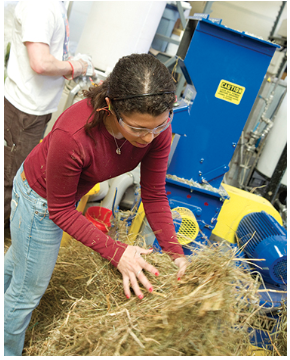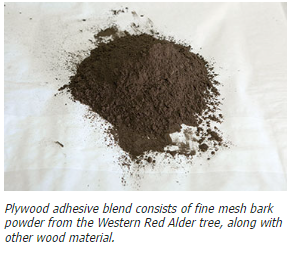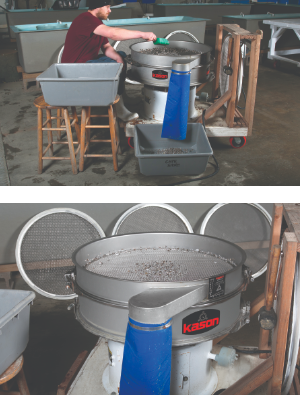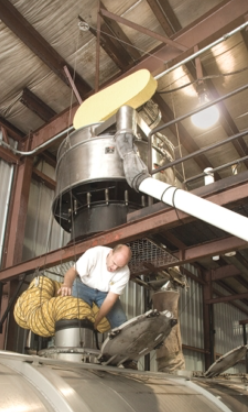Screen Classifying Cutter Plays Key Role in Leading-Edge Alternative Energy Projects
The PDC leased the Screen Classifying Cutter for two years ago before purchasing it. The unit proved effective at cutting hard, soft, and fibrous materials into controlled particle sizes with minimal fines at high rates for post-usage. It features a proprietary helical rotor design with dozens of cutter tips attached to a helical array of staggered holders called “interconnected parallelograms” to continuously shear oversize materials against twin, stationary bed knives.
Screen Classifying Cutter Plays Key Role in Leading-Edge Alternative Energy Projects Read More »










